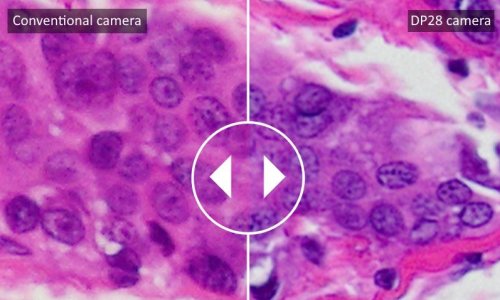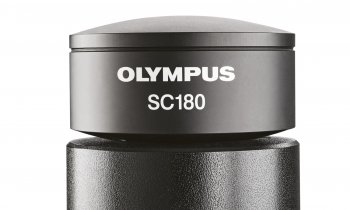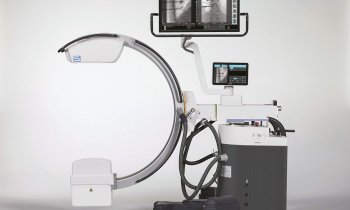Article • Captivating
The ultra high-definition monitor
The same 4K ultra-high-definition (UHD) technology that is surging as the next wave in consumer television has broken into the medical market with the presentation of two first-to-market laparoscopes.
Report: John Brosky
4K has emerged, it is coming and it will arrive. It is on everyone’s agenda in the R&D labs right now, and will be on every surgeon’s wish list.
Johan Stockman
For those trying to get the big picture, 4K ultra-high definition offers four times the resolution of the current generation of surgical high definition displays and, critically for keyhole surgeons, the camera on the laparoscope inserted into a patient’s body captures four times greater clarity of the surgical site and target organs.
In 2013, consumer electronics giant Sony formed a joint venture with the dominant leader in endoscopes Olympus Medical systems to develop the 4K technology for surgical endoscope systems and further applications of the technology to medical imaging systems, such as video microscopes. At that time Sony said it expected the market for surgical endoscopes would reach $4 billion in 2020. Three years later, Olympus is showcasing the Visera 4K UHD system that captures and displays 8.2 million pixels, which surpasses the company’s own Visera Elite introduced in 2011 with two million pixels.
For an industry driven by incremental product changes, where products introduced in the past 18 months generate a third of annual revenues, the 4K overhaul of operating rooms could fuel growth in the surgical segment for years to come.
A sales representative with Olympus responsible for Germany said there are 1,200 hospitals in his territory and there is 100% penetration of HD systems some nine years after the first product was introduced. Even costing twice as much as HD, 4K systems will follow a similar adoption curve, he said, adding that Olympus had sold four Visera 4K UHD systems ahead of the market launch to two German hospitals. Still, Sony-Olympus were not the first to reach the market.
The Synergy UHD4 imaging platform

That honour belongs to orthopaedic surgical specialist Arthrex (Naples, Florida), which introduced the Synergy UHD4 in March 2015, at the annual meeting of the American Academy of Orthopaedic Surgeons.
The Synergy UHD4 imaging platform features a programmable camera head, a xenon-bright LED light source, an image management system and fibre optic video over IP (internet protocol) integration all in one tablet-controlled device.
Medical display specialist Barco connects the Arthrex Synergy UHD4 to its Nexxis OR Management Suite in order to demonstrate that its digital OR-over-IP system can easily handle the enormous data packets from the 4K camera and display them in medical-grade 4K monitors.
In early November, Barco demonstrated its ability to plug in the 4K technology to the operating theatre (OT) in AZ Groeninge hospital in Kortrijk for a laparoscopic liver resection. Camera images encoded as IP packets can be sent to any display device by cable or wirelessly, which cleans up the clutter in an OT and makes live images available for sharing at any authorised locations, explained Johan Stockman, Barco’s vice president for Strategic Marketing for Surgical Imaging.
Sony-Olympus utilises a similar approach to handle the 4K image files. In marketing the new products the phrase end-to-end becomes a key differentiator. Critically, the images from a live surgery must also be displayed on a 4K screen. Without closing the loop, the vivid value of the captured images is lost. It is also a signal that hospitals face significant end-to-end investments in cameras, processors and monitors to upgrade to the 4K technology. ‘4K has emerged, it is coming and it will arrive,’ said Stockman. ‘It is on everyone’s agenda in the R&D labs right now, and will be on every surgeon’s wish list,’ he added. ‘If it improves surgical outcomes, hospitals are going to invest in it.’
19.05.2016
- display (438)
- endoscopy (163)
- HDTV (23)
- medical technology (1544)
- minimal invasive (200)
- monitoring (375)
- surgery (652)











